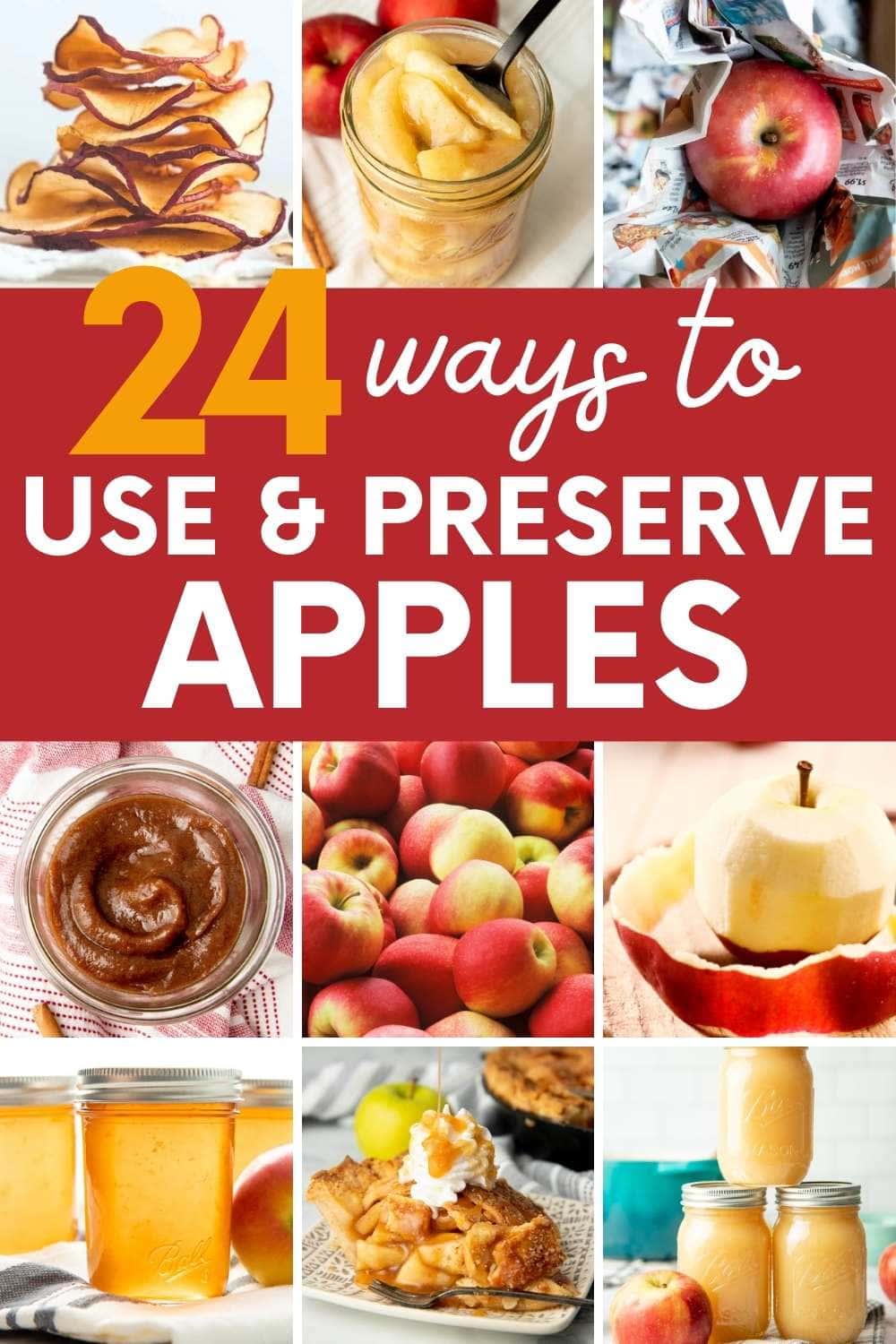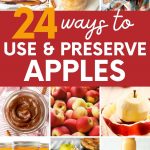Learn 24+ ways to preserve and cook apples in this article! You’ll never run out of recipes for this versatile fruit again!
Apples are one of the very best storage fruits around! On their own, they can store for months and still be delectable, but the real staying power comes from cooking and preserving apples! You can enjoy properly preserved apples for over a year!
Every year, we head out to the local orchard and stock up on apples. We eat tons of them fresh (they are so crisp and tasty!), but the extras we turn into a bevy of different preserved goods. Canning, dehydrating, storing—we’ll teach you all of our favorite tips for putting up this favorite fruit in this post!
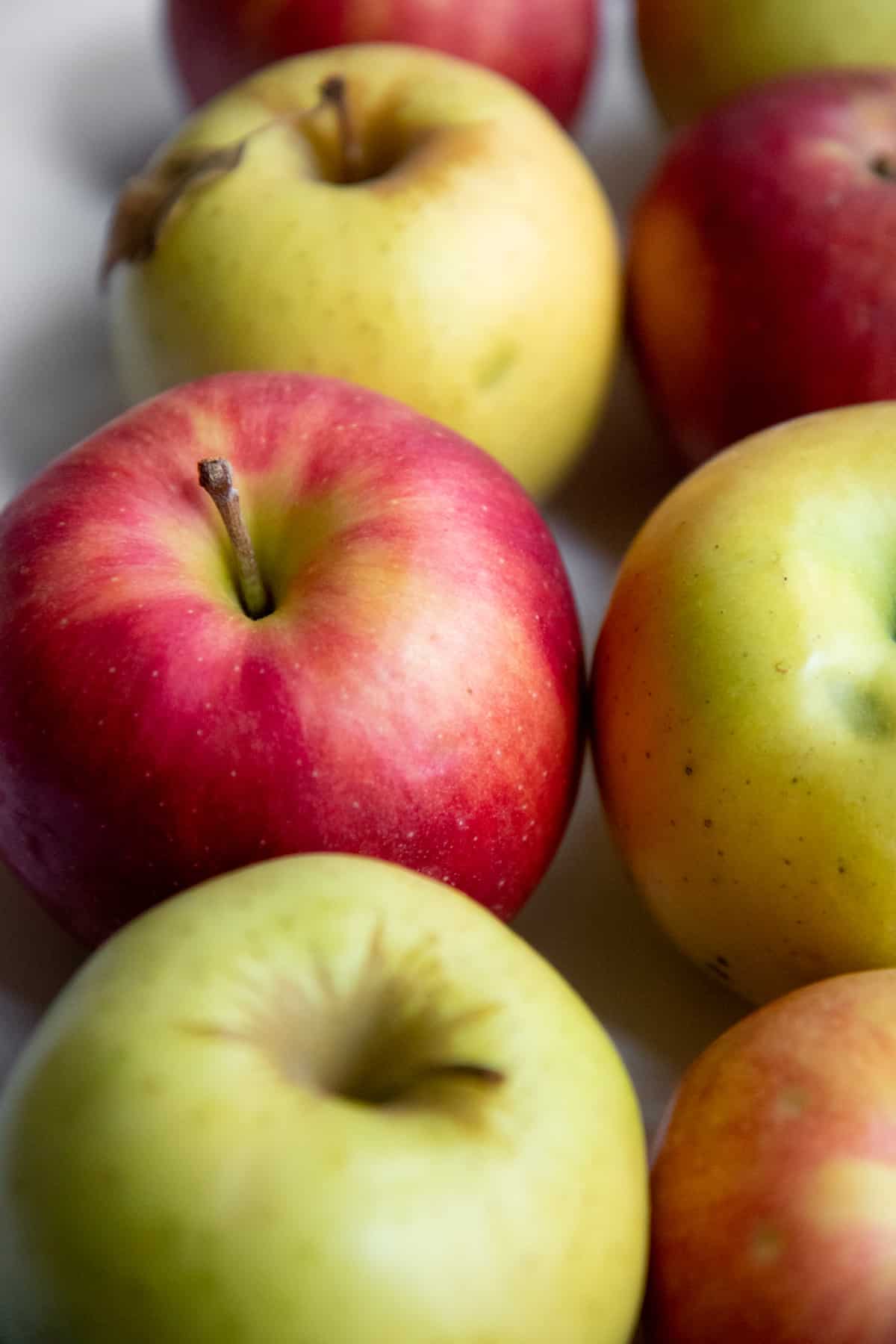
How long can apples be stored?
The storage time of apples depends on three main factors—the sweetness of the apples, the age of the apples, and the storage conditions. In general, sweet apples will go bad more quickly than tart ones.
Freshly picked apples (like the ones you got from a local orchard) will last longer than those purchased at the grocery store.
Apples like it cold (but not freezing), with relatively high humidity. An apple will store the longest at 32°F and 90% humidity. The closer you get to that target, the longer an apple with stay good. In optimal conditions, apples can stay good for six months or even more!
What kind of apples store best?
For fresh storage of whole apples, you’ll have the best luck with tart and crisp varieties such as Pink Lady, Fuji, Granny Smith, Braeburn, or Winesap. If you are looking to can or dehydrate your apples though, any varieties will work!
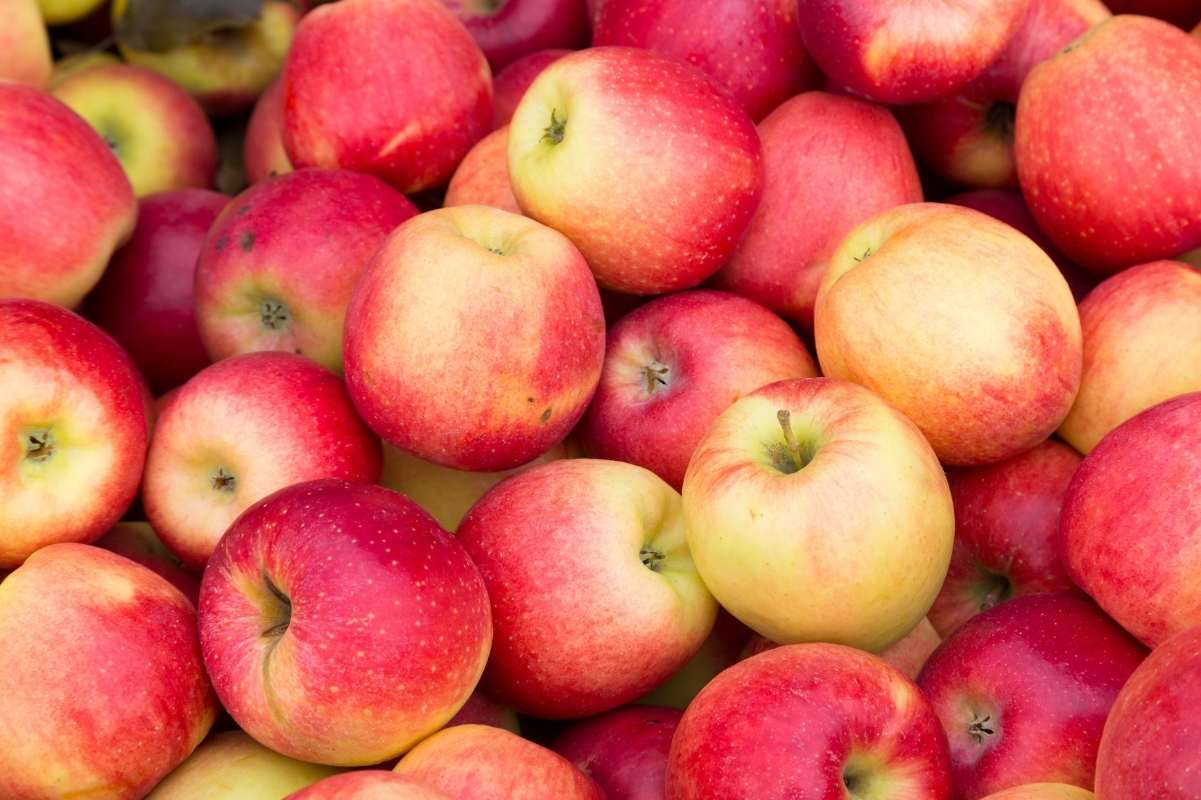
What is the best way to store fresh apples?
For the fruit that you plan to eat or cook with in the next few weeks, we recommend stashing them in the crisper drawer of your fridge. Apples do best in cool, humid environments, but shouldn’t be stored near other produce because they release a gas that speeds up the ripening of other produce.
Wholefully Protip
Spritz your storage apples with water regularly or cover them with a damp cloth (we love Vejibags for this) to keep them crisp and juicy.
For long term storage—we’re talking months here—a root cellar is great, but we know that most people don’t have root cellars anymore! Instead, find a cool spot in your house to store apples. An unheated basement, attached garage (make sure it doesn’t regularly freeze though!), or cool room or closet can all work well.
To get the most time out of your long-term apple storage, you’ll need to wrap each apple individually in newsprint before storage, and check on them regularly to make sure there aren’t apples that are starting to go bad. You can read more about this storage method here.
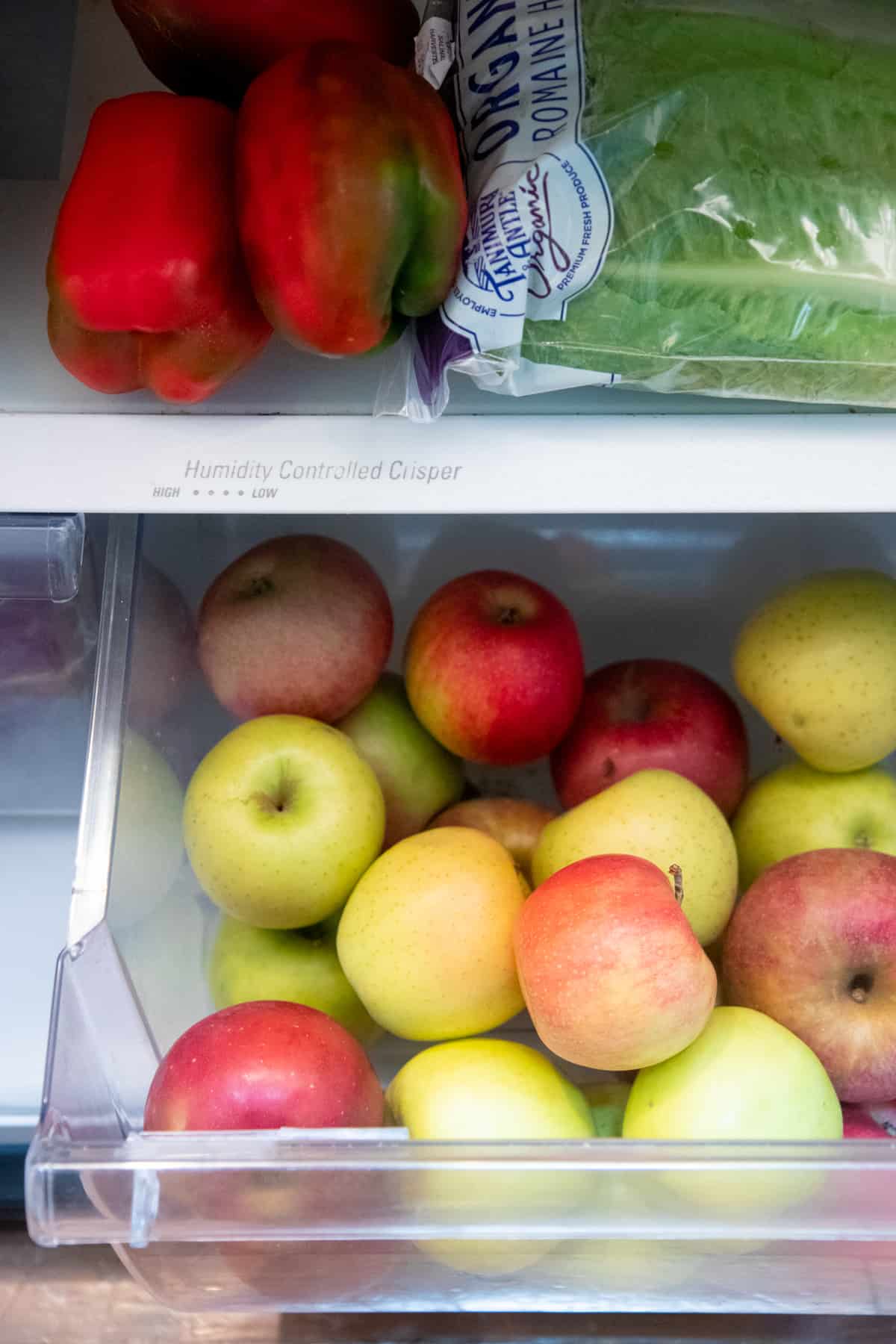
How do you preserve apples at home?
If you’re feeling tight on space or otherwise want to find a different way to store your bounty from the orchard, then let’s talk apple preservation! There are three routes you can take here: freezing, canning, and dehydrating.
Can you freeze apples?
Apples generally don’t retain their texture well when freezing, but that’s okay, because you can still get by with freezing pre-processed apples—like as applesauce or apple butter. We also regularly freeze apples to make our Spinach Apple Pie Smoothie.
Canning
Canning is great way to put up apples, and you’ll find canned apple products on our shelf each year! Different types of apples have different acidity levels, so to be safe, we recommend adding lemon juice to your canned apple products. As a bonus, it will also keep your cooked apples from turning an unappealing brown color!
Homemade Applesauce
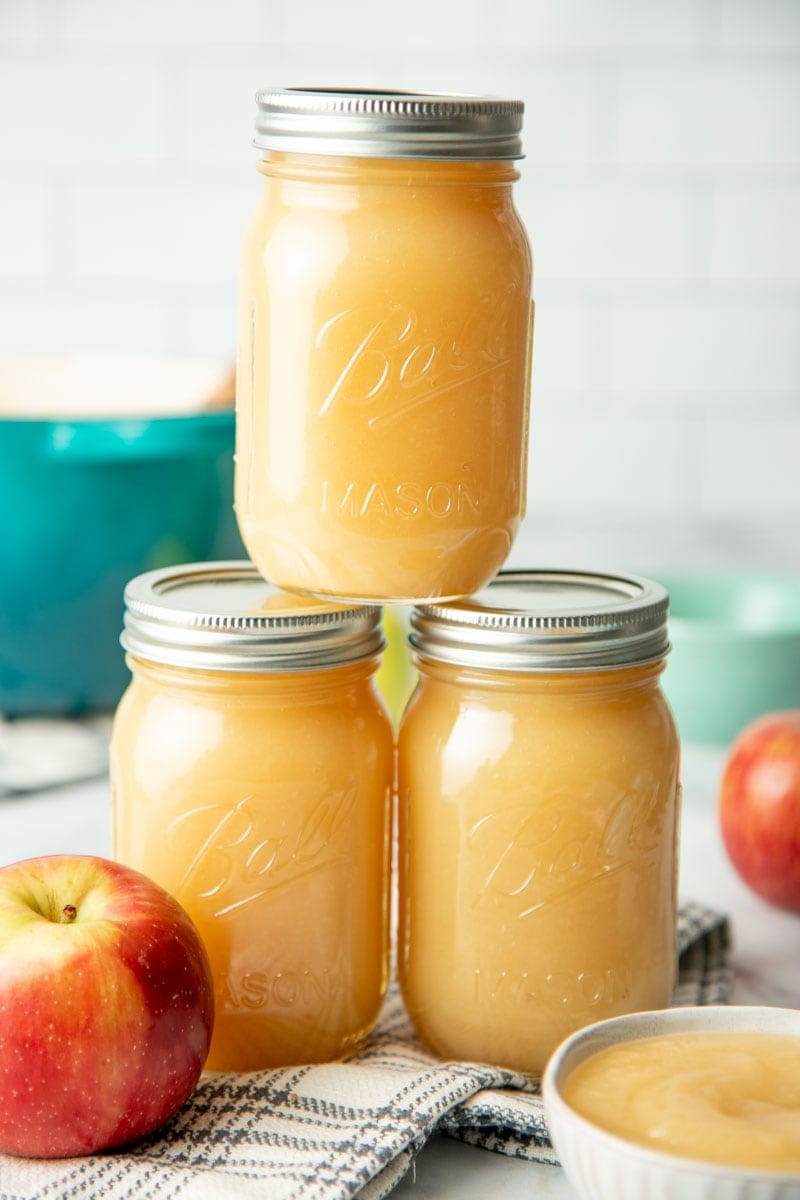
Applesauce is our favorite way to preserve an apple windfall because it is just so dang versatile! We add it to lunchboxes, mix it into smoothies, serve it with pork chops, use it in baked goods, and even use it to add moisture to our burgers! Applesauce is a great beginner canner recipe, too.
Apple Jelly
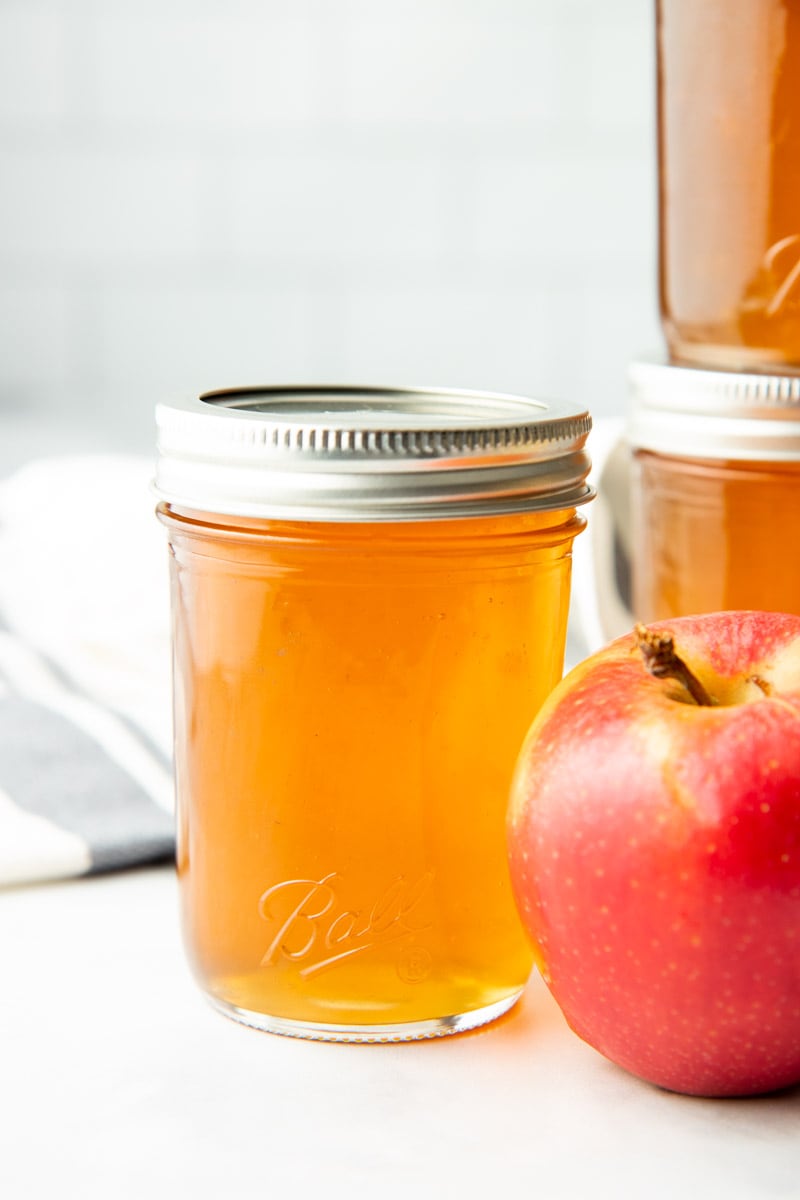
Apple jelly is not only great on toast or peanut butter sandwiches, but also works as a glaze for savory meats, as a condiment, as a cheese board component, and as an apple cake filling. This is another canning recipe that wins for its versatility!
Apple Pie Filling
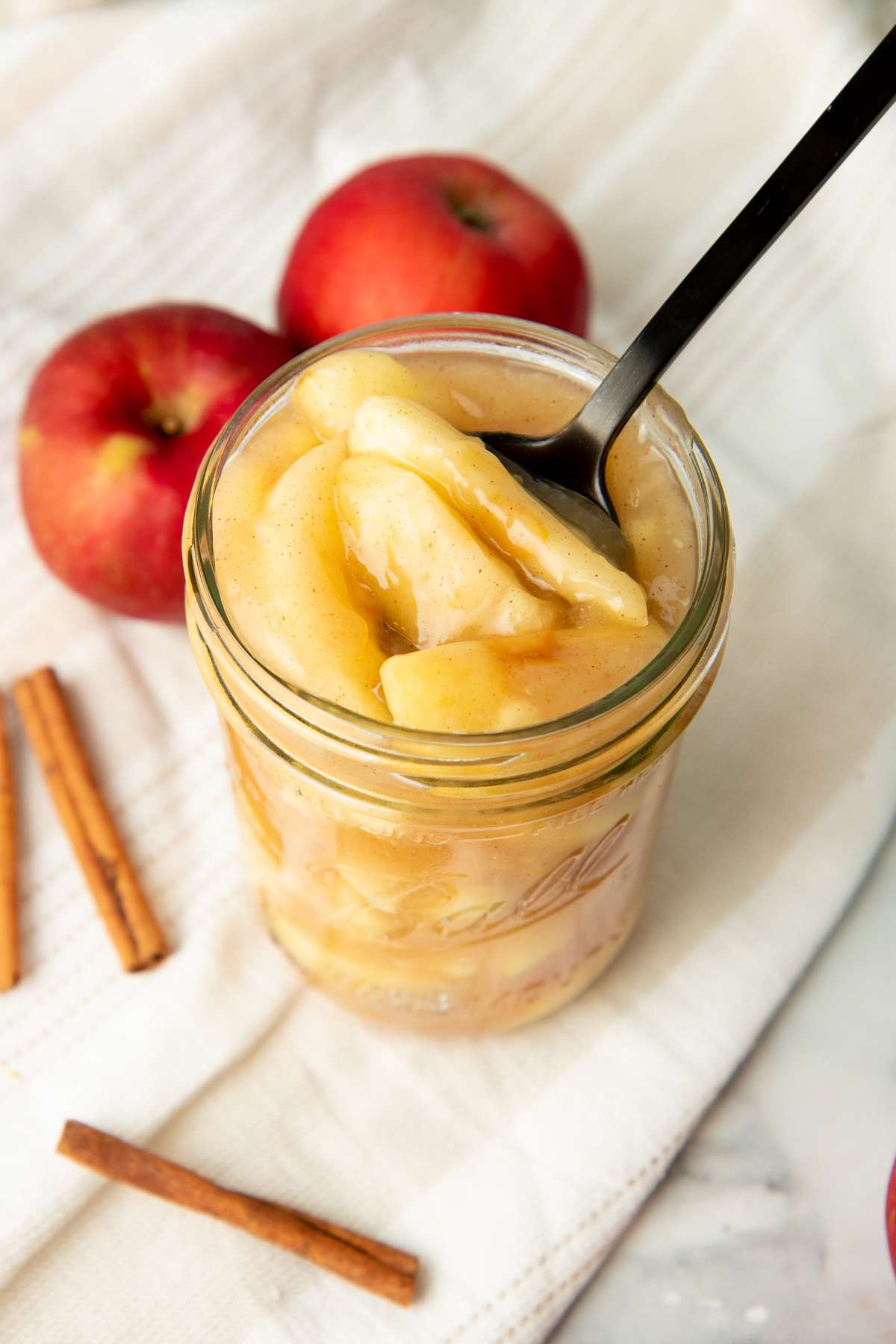
If you want to make the easiest apple pies (or apple crumbles) ever, then you have to can some apple pie filling! Then when you want a pie, all you have to do is make the pie crust, dump in some pie filling, top with a crust or crumble, and bake! This pie filling is also delicious on waffles or with a scoop of vanilla ice cream.
Wholefully Protip
Looking for a fancy tweak to classic apple pie filling that also makes a great gift? Try our Bourbon Vanilla Bean Apple Pie Filling
Dehydrating
There are three ways to dehydrate apples for snacking and baking—let’s talk about the pros and cons of each!
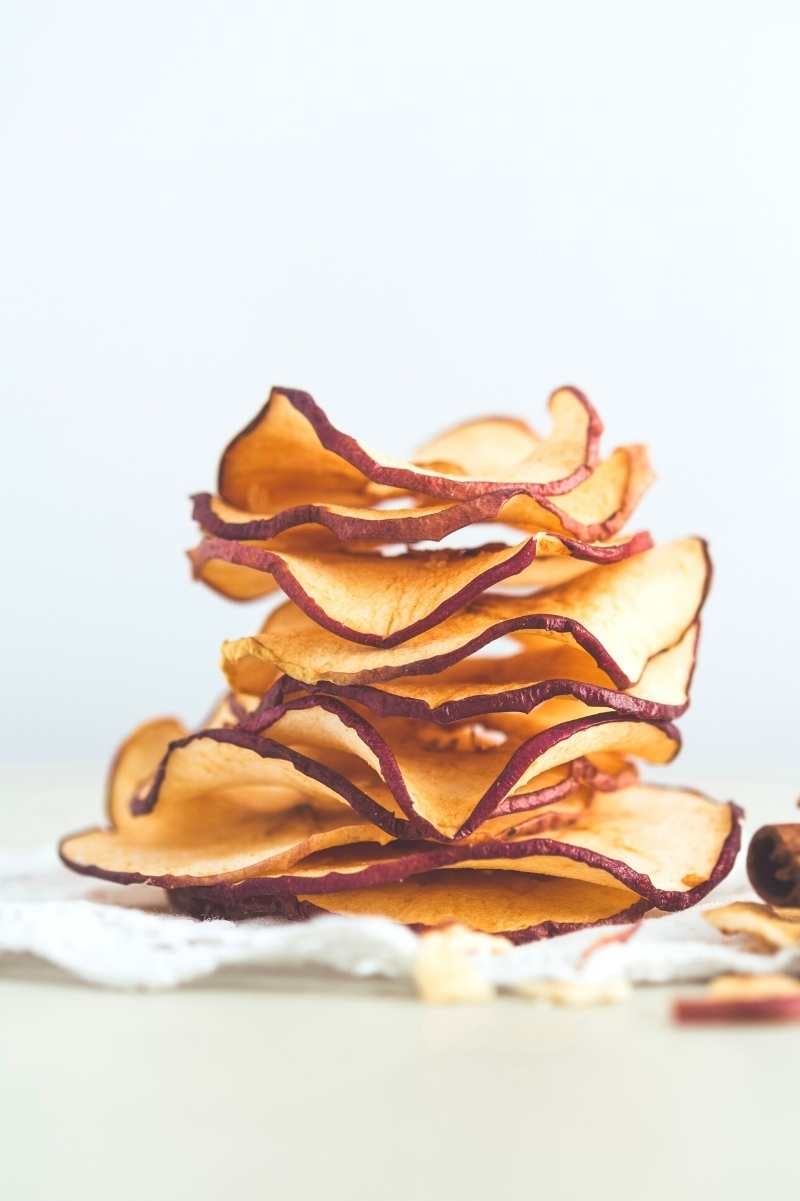
In the Oven
If you have an oven, wire baking rack, and rimmed baking sheet, you can be in the apple drying business! Just don’t plan on using your oven for anything else for a few hours, because dehydrating does take time.
In a Dehydrator
This is definitely the easiest way to dehydrate apples, but you will need to make a small investment in a food dehydrator. We like this one, which should ring up to under $100.
Sun-Dried Apples
The main downside to sun drying is that the weather has to be juuuuuust right. You don’t want to try to sun dry any produce when there are overcast, humid, or rainy days in the forecast for the next few days, which may be hard to achieve in the fall! But if you can manage it, sun dried apple slices have a complex, deep flavor.
Apple Beverages
Of course, you can also take your apple bounty and turn it into some tasty apple drinks! These methods of preserving require a bit more equipment and know-how, but they are fun projects to explore:
- Apple Cider—Yes, you can make apple cider at home, even without an apple cider press! All you need is a good juicer and some patience.
- Apple Wine—Use the apples in a batch of homemade fruit wine. You can even use the peels and cores from other preservation projects!
- Apple Liqueur—Use the method we talk about for homemade limoncello, but swap the lemon peels for apple slices or peels.
Apple Cider Vinegar
Yes, you can of course use your apples to make your own homemade apple cider vinegar! Most people tend to just use apple scraps (peels and cores), but you can also use whole apples.
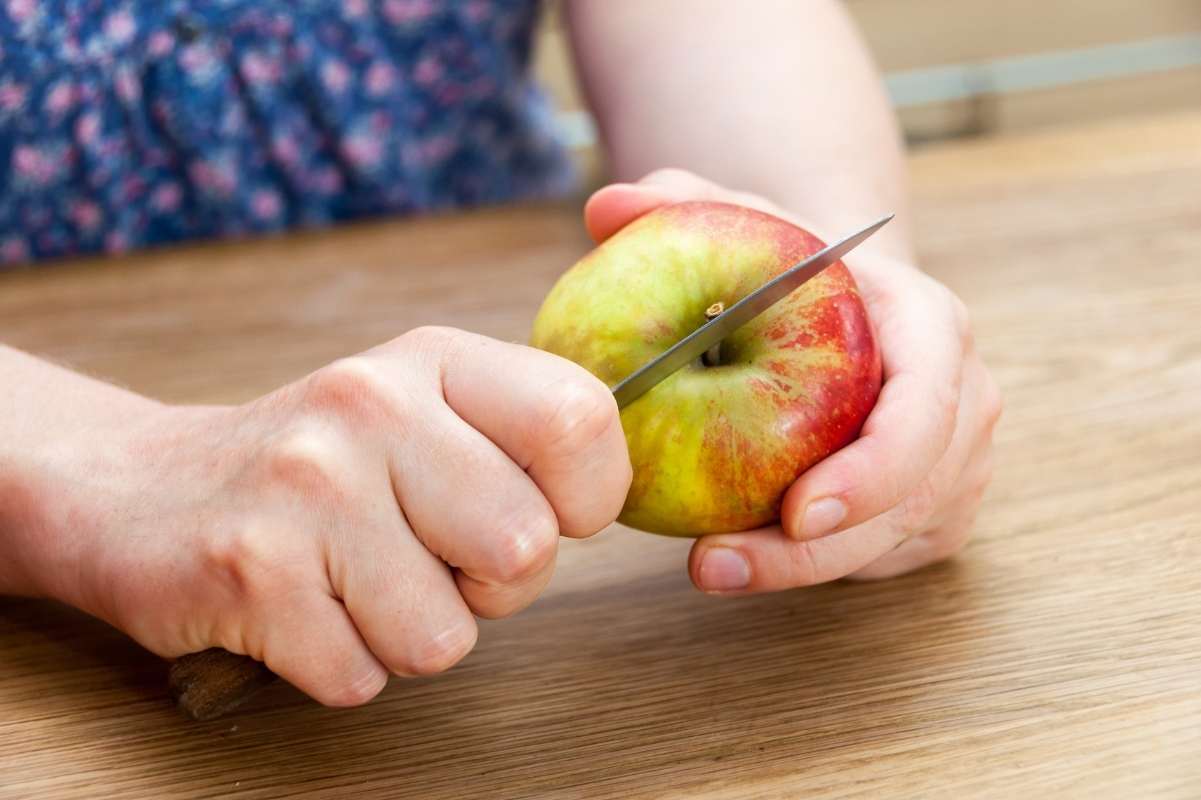
What are some apple recipes I can eat right away?
Looking to cook with your apples right away? We’ve got you covered with our very best apple recipes:
- Instant Pot Apple Butter
- Caramel Apple Pie
- Shaved Brussels Sprout Apple Salad with Walnuts
- Chunky Cranberry Applesauce
- Perfect Instant Pot Applesauce
- Apple Walnut Salad in a Jar
- Chickpea Apple Spinach Salad
- Roasted Brussels Sprouts with Bacon and Apples
- Cranberry Apple Pecan Salad
- Autumn Apple Rosé Sangria
- Apple Cider Sangria
- Roasted Apple and Pumpkin Farro Salad
- Whole Wheat Apple Muffins
- Apple-Date Steel Cut Oatmeal
- Apple Pie Spinach Smoothie

